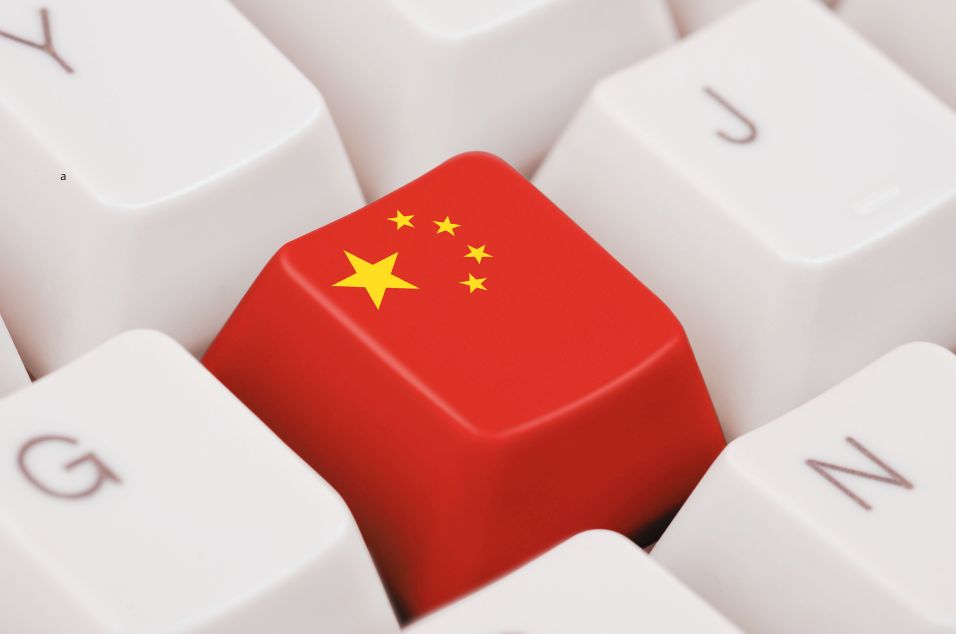O comércio eletrônico deixou de ser tendência para se tornar motor econômico global. E, na rota Brasil – Ásia, segurança, velocidade e inclusão financeira são os pilares de uma integração que redefine mercados e aproxima consumidores de dois continentes.
A China segue como potência absoluta do setor. Em 2024, o país movimentou cerca de US$ 1,9 trilhão em e-commerce, ditando padrões de eficiência logística, carteiras digitais e superapps que se tornaram referência mundial. Esse peso não é apenas numérico: é cultural e tecnológico, um modelo de como pagamentos instantâneos e integrações digitais podem sustentar consumo em larga escala.
O Brasil, por sua vez, desponta como promessa e liderança regional. O mercado nacional de e-commerce superou US$ 346 bilhões em 2024, com expectativa de ultrapassar US$ 586 bilhões até 2027. Outro estudo projeta quase US$ 1,5 trilhão em 2033, consolidando o país como hub digital da América Latina. O motor dessa expansão é o Pix, que já responde por cerca de 40% das compras online e cujas iniciações de pagamento saltaram de R$ 624 milhões em 2023 para R$ 3,2 bilhões em 2024, crescimento superior a 400%.
Mas onde há escala, surgem riscos. A integração Brasil – Ásia só será sustentável se o tema da cibersegurança ocupar o centro da agenda. Vazamentos de dados, fraudes e ataques digitais crescem na mesma proporção que o volume de transações. A resposta exige mais do que leis e regulação: é preciso investir em APIs seguras, criptografia ponta a ponta, monitoramento em tempo real e machine learning para detecção de fraudes.
A LGPD no Brasil e o avanço do Open Finance, que já reúne mais de 103 milhões de autorizações de compartilhamento de dados, oferecem bases sólidas para consumidores comprarem de lojistas asiáticos com confiança.
A velocidade é outro diferencial. Se antes o cartão internacional era sinônimo de burocracia e tarifas altas, hoje Pix e carteiras digitais oferecem liquidação instantânea, reduzindo barreiras cambiais e aumentando a conversão. Essa experiência aproxima o consumidor brasileiro da realidade asiática, onde pagar com QR code ou via superapp é rotina.
A inclusão financeira completa o tripé. Cerca de 40 milhões de brasileiros ainda vivem em condição de sub-bancarização, mas já usam o Pix e carteiras digitais em seu cotidiano. Ao permitir que esses consumidores participem do comércio internacional sem depender de cartão de crédito, criamos um mercado inédito, democratizando o acesso a bens e serviços globais. Para empresas asiáticas, aceitar métodos de pagamento locais é mais que adaptação: é estratégia para conquistar milhões de novos clientes.
Estamos diante de uma oportunidade histórica. A China mostra o caminho da escala e da eficiência; o Brasil demonstra como inovação regulatória e diversidade de meios de pagamento podem gerar inclusão. O desafio é manter a ponte sólida, combinando segurança robusta, transações em segundos e acesso para todos.
Na integração Brasil e Ásia, não estamos apenas falando de transações digitais. Estamos falando de confiança, de futuro econômico compartilhado e de um mercado global que, cada vez mais, acontece em tempo real.



Compreendo perfeitamente a importância da segurança ciber, mas, francamente, acho que a maior ameaça à integração Brasil-Ásia são os hackers que tentam roubar meu café no café da manhã online. Quanto à velocidade do Pix, é incrível! Agora posso comprar aquela calça asiática instantaneamente, sem a burocracia do cartão internacional ou o tédio de esperar a transferência bancária. Mas, cuidado, não deixem de verificar o tamanho, a moda passou rapidinho na Ásia!metal injection molding